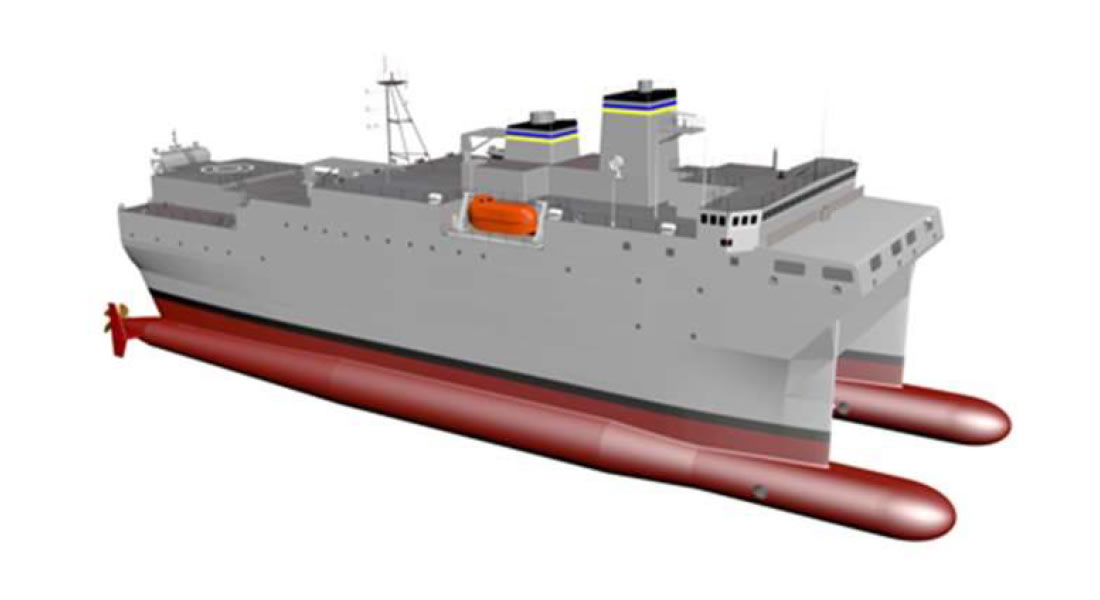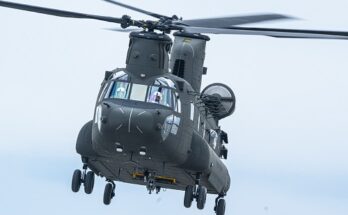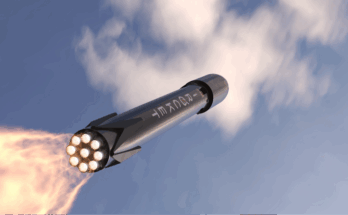
In response to China’s growing aggression in the South Pacific – specifically the South China Sea – the U.S., in May 2023, approved future sales of its Surveillance Towed Array Sensor System-E (SURTASS-E – a variant of the main SURTASS system that can be deployed from a variety of non-dedicated surveillance vessels). Although no sale had officially been made (or contract awarded) at time of writing, it is all but a given it will happen. The U.S. needs Australia’s help and, like the nuclear submarine sale to Australia, the potential sale of SURTASS-E is driven by the need to deter China from becoming the dominant superpower in the region.
Also in May 2023, the U.S. Navy awarded Austal USA the initial $113.9 million contract for the detailed design of the T-AGOS 25 Auxiliary General Ocean Surveillance class lead ship.
A year later in May 2024, Austal USA was awarded a $516.4 million fixed-price incentive (firm-target) contract modification to a previously awarded contract (N00024-23-C-2203) to exercise an option for ordering long lead time material, continue/complete detail design and construction of the lead ship of the Auxiliary General Ocean Surveillance Ship (T-AGOS 25) class.
The cost of the first ship-of-class is estimated to be $789.6 million. The contract includes options for the design and construction of seven T-AGOS 25 class ships.
The ships will be operated by the U.S. Navy’s Military Sealift Command. Seven ships of class are planned to be built with a service life of around 30 years. The new ships will replace the current aging five T-AGOS ships that consist of four Victorious (T-AGOS 19) class and one Impeccable (T-AGOS 23) class.
T-AGOS ships are typically used in anti-submarine warfare for collecting undersea acoustic data. The ships usually operate or support the U.S. Navy’s Integrated Undersea Surveillance System (IUSS) and the Surveillance Towed Array Sensor System (SURTASS).
Additional analysis indicates that the SURTASS (UQQ-2) program will continue to receive funding and support for new production, upgrades, and maintenance, as national security will overrule nearly all environmental challenges.
For more than 30 years, Richard has performed numerous roles as a top analyst for Forecast International. Currently, Richard is the Group Leader and Lead Analyst for Forecast International's Traditional Defense Systems, which covers all aspects of naval warfare, military vehicles, ordnance and munitions, missiles, and unmanned vehicles.
Having previously been Forecast International's Electronics Group Leader for 20-plus years, Richard established Electro-Optical Systems Forecast, as well as having been the prime editor of Electronic Systems Forecast, Land & Sea-Based Electronics Forecast, and C4I Forecast. Additionally, Richard has served as the Naval Systems Group Leader responsible for Anti-Submarine Warfare Forecast andWarships Forecast.




